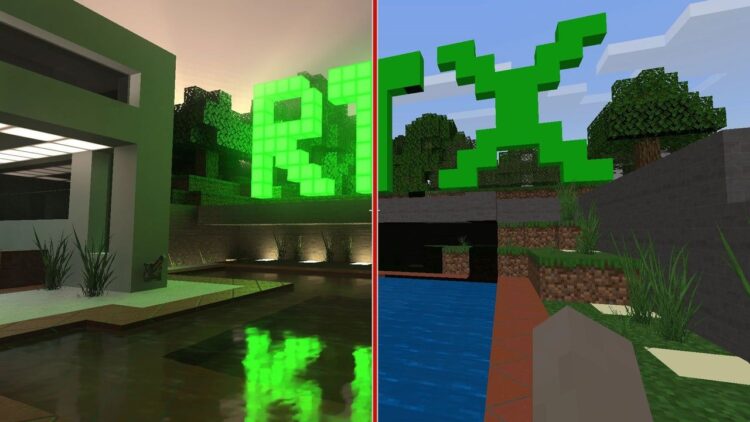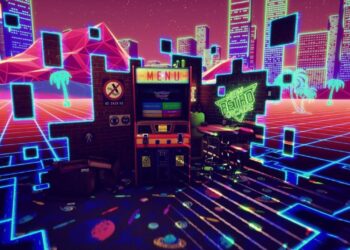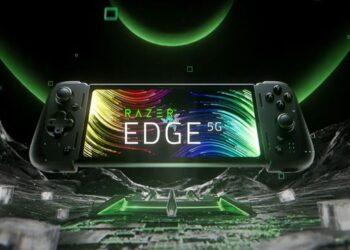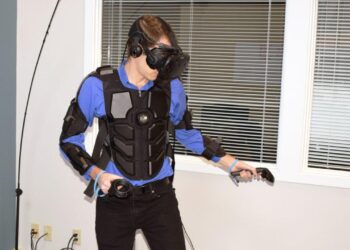For decades, the world of digital graphics has been a masterful illusion. Video games, movies, and architectural visualizations have relied on a clever set of tricks known as rasterization to simulate three-dimensional worlds on our two-dimensional screens. This method, which essentially converts 3D models into pixels and then applies layers of shading and effects, has brought us breathtakingly beautiful worlds. Yet, it has always been an approximation of reality. Now, a revolutionary technology is moving from the exclusive domain of Hollywood blockbusters to our desktops and gaming consoles, promising a level of visual fidelity so profound it blurs the line between the virtual and the real. This technology is ray tracing.
Ray tracing is not just an incremental upgrade; it is a fundamental shift in how digital visuals are rendered. Instead of faking the behavior of light, it simulates it. It calculates the path of individual rays of light as they travel from a source, bounce off various surfaces, and ultimately reach a virtual camera or the viewer’s eye. The result is a physically accurate simulation of light’s most complex properties—reflections, refractions, shadows, and global illumination—that rasterization can only imitate.
This comprehensive article will explore the transformative power of ray tracing. We will journey from its theoretical origins to its modern-day, real-time implementation. We will break down how this technology works, why it represents such a monumental leap forward, and how it is redefining realism in video games, filmmaking, and beyond. Prepare to discover the science and art behind the next generation of visual reality.
The Old Guard: Understanding Rasterization’s Limits
To appreciate the revolution of ray tracing, one must first understand the technique it is beginning to supersede: rasterization. For over 30 years, rasterization has been the engine of real-time 3D graphics, from early pixelated games to modern, visually rich titles.
The process works by taking a 3D scene, composed of objects made from polygons (usually triangles), and projecting them onto a 2D screen. The graphics card then determines which pixels on the screen are covered by which triangles and “paints” them accordingly. From there, additional layers of effects, known as shaders, are applied to simulate lighting, shadows, and reflections.
While incredibly efficient and capable of producing stunning results, this method has inherent limitations because it’s fundamentally a “hack.”
- A. Inaccurate Shadows: Shadows in rasterization are often created using a technique called shadow mapping, which essentially involves rendering the scene from the light’s point of view and projecting a “shadow texture.” This can lead to jagged edges, shadows that appear disconnected from their objects, and a lack of realistic softness (penumbra).
- B. Fake Reflections: Reflections are typically handled using screen-space reflections (SSR). This technique can only reflect objects that are currently visible on the screen. If an object is off-camera or obscured, its reflection will simply vanish, breaking the illusion of a real, reflective surface like a mirror or a puddle of water.
- C. Limited Global Illumination: Global illumination is the phenomenon where light bounces off one surface and illuminates another (e.g., sunlight streaming through a window and softly lighting up a shaded corner of a room). Rasterization struggles with this, often relying on pre-calculated “lightmaps” or less accurate screen-space ambient occlusion (SSAO) to approximate this effect, which can look static and unnatural.
These clever workarounds have served us well, but they are ultimately approximations. Ray tracing doesn’t approximate; it simulates.
The Ray Tracing Revolution: Simulating True Light Physics
Ray tracing operates on a principle that is both elegantly simple and computationally immense. Instead of projecting 3D objects onto a 2D screen, it reverses the process. It traces the path of light rays backward, from the “eye” or camera, through each pixel on the screen, and out into the 3D scene.
When a ray “hits” an object, the algorithm calculates what happens next based on the properties of that object’s surface.
- A. Reflection: If the surface is reflective, like a mirror or polished metal, the algorithm generates a new ray that bounces off the surface at a physically accurate angle. This new ray continues to travel through the scene until it hits another object, and the process repeats. This is how ray tracing creates true, multi-bounce reflections that can reflect objects that are not even on the screen.
- B. Refraction: If the surface is transparent or translucent, like glass or water, the ray passes through it. The algorithm calculates how the ray bends (refracts) based on the material’s refractive index. This allows for stunningly realistic glass, water, and lens effects that distort the world behind them in a believable way.
- C. Shadows: To determine if a pixel is in shadow, the algorithm casts a “shadow ray” from the point of intersection directly toward a light source. If that ray is blocked by another object before it reaches the light, the point is in shadow. This process naturally creates soft, physically accurate shadows with realistic penumbras, as the softness depends on the size of the light source and its distance from the shadow-casting object.
- D. Global Illumination (GI) and Ambient Occlusion (AO): When a ray hits a diffuse (non-shiny) surface, the algorithm can cast multiple new rays in random directions to see what other objects are nearby. If these rays hit brightly lit surfaces, that light color is added to the original point. This simulates how light bounces around an environment, creating realistic indirect lighting. It also naturally produces ambient occlusion, darkening the nooks and crannies where light has a harder time reaching.
By performing these calculations for millions of rays across the screen, ray tracing builds an image based on the true physics of light, resulting in a level of realism that was previously unattainable in real-time.
Real-Time Ray Tracing: The Gaming Game-Changer
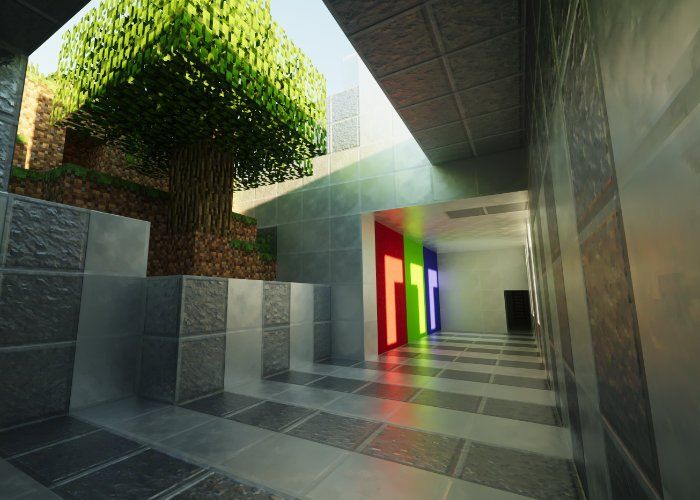
For decades, the immense computational cost of ray tracing confined its use to pre-rendered visual effects for movies and high-end architectural renders, where a single frame could take hours or even days to create. The holy grail was always real-time ray tracing—the ability to perform these calculations 60 times per second or more for interactive experiences like video games.
This dream became a reality with the advent of dedicated hardware. Companies like NVIDIA, with its RTX series of GPUs featuring specialized RT Cores, and AMD, with its RDNA architecture incorporating Ray Accelerators, brought the power of real-time ray tracing to consumers.
In gaming, developers now use a hybrid rendering model. They continue to use efficient rasterization for the bulk of the scene rendering but then use ray tracing to specifically enhance the areas where rasterization falls short: shadows, reflections, and global illumination.
The impact has been transformative. In games that support RTX or other ray tracing features, players experience:
- Mirrors that actually work: Seeing your character’s reflection, and the world behind them, perfectly rendered in a mirror or a shop window.
- Water that looks real: Puddles and lakes that accurately reflect the sky, buildings, and character models, with ripples that realistically distort the reflection.
- Shadows that ground objects in reality: Soft, diffused shadows that stretch and warp realistically as objects and lights move.
- Lighting that feels natural: Muzzle flashes that realistically illuminate a dark corridor for a split second, or neon signs that cast a colored glow on wet pavement.
To manage the performance cost, technologies like NVIDIA’s Deep Learning Super Sampling (DLSS) and AMD’s FidelityFX Super Resolution (FSR) have become essential. These AI-powered upscaling techniques render the game at a lower internal resolution and then use machine learning to intelligently reconstruct the image to a higher target resolution, recovering the performance lost to ray tracing while maintaining excellent image quality.
Beyond Gaming: Ray Tracing in Cinema and Design
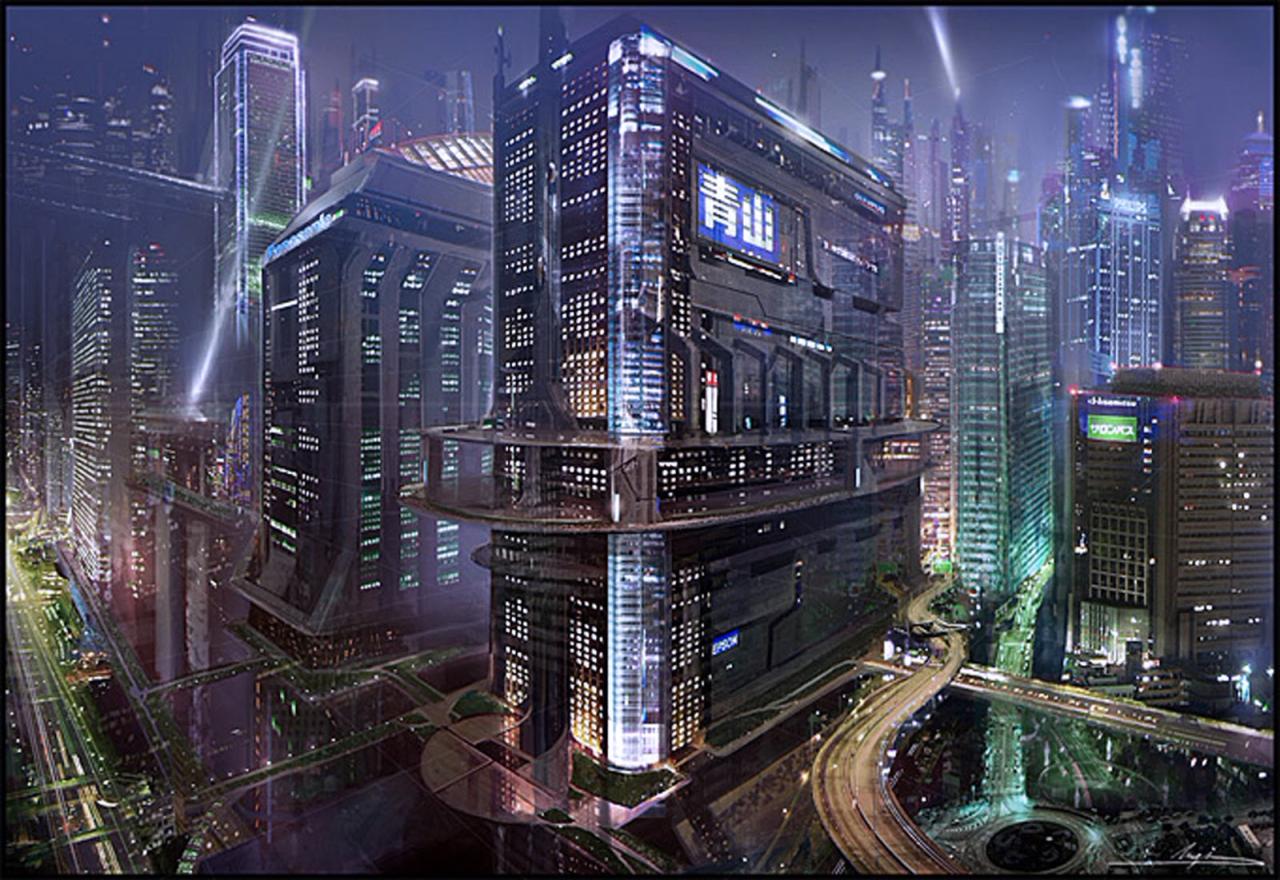
While gaming is the newest frontier, ray tracing has long been the gold standard in professional 3D animation and visual effects (VFX). Studios like Pixar, DreamWorks, and Industrial Light & Magic (ILM) use massive render farms—huge clusters of computers—to ray trace every single frame of their movies.
This is why the lighting and materials in an animated film like Toy Story 4 or the CGI in a blockbuster like Avatar: The Way of Water look so incredibly lifelike. Every reflection in Buzz Lightyear’s helmet, the way light filters through the jungle canopy of Pandora, and the subtle shadows on a character’s face are the result of simulating light physics.
The advent of real-time ray tracing is now revolutionizing even this industry. VFX artists can now get a much more accurate preview of their final render in real-time, drastically speeding up their workflow.
Similarly, in fields like architecture, engineering, and product design, ray tracing provides invaluable tools. Architects can create photorealistic visualizations of buildings, allowing clients to see exactly how natural light will fill a space at different times of the day. Car designers can render vehicles with perfectly simulated paint, glass, and chrome, making design decisions with a level of confidence that was impossible with older rendering techniques.
A New Baseline for Visual Reality
Ray tracing represents a monumental leap forward in computer graphics, moving us from an era of clever approximations to one of true physical simulation. It is the technology that finally allows light, the most fundamental element of visual perception, to behave in the digital world as it does in the real one. The result is a richer, more immersive, and more believable experience across all forms of digital media.
While the performance cost is still a consideration, the rapid advancement of dedicated hardware and AI-powered upscaling is quickly making real-time ray tracing a standard feature rather than a luxury. It is setting a new baseline for visual fidelity. From the hyper-realistic reflections in the latest video game to the flawless lighting in an animated film, ray tracing is the engine quietly working behind the scenes, rendering our digital worlds one light ray at a time. The future of graphics is not just bright; it’s physically accurate.

